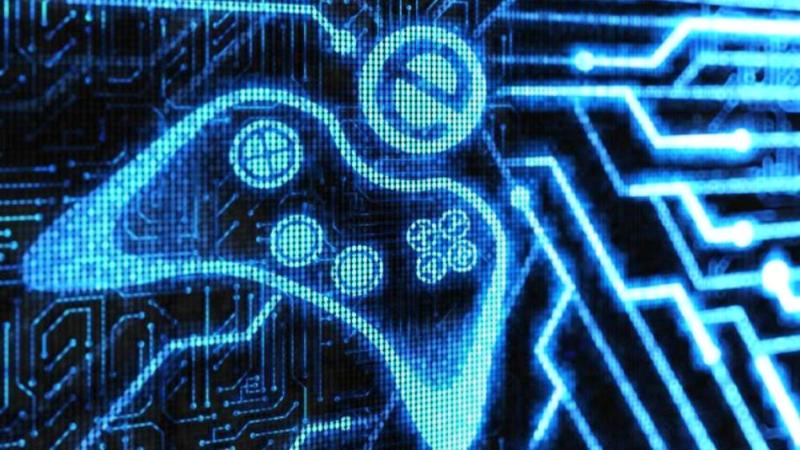I have come across a lot of people tweaking random graphics configurations on their newly purchased games hoping to get better performance. Have you ever thought of reading about them in a detailed way to get a clear idea of what they do and how they are going to affect you graphics card and graphics driver and the game’s performance in your pc?
In this article, I’ll be explaining five most common gaming graphics terms which can change your game’s performance in your PC.
Also Read: The Top 5 Gaming Laptops Right Now
Resolution
The Resolution is simply a measure of the horizontal pixels by the number of vertical pixels. As we are not discussing console terms here, resolution is indeed a vital part in PC gaming as it is the most basic control of the image quality and the amount of detailing. Now, higher resolution prevents a lot of graphic anomalies like aliasing.
How it affects your system?
As you are probably aware – higher resolution translates to more pixels, which conclusively means more processing due to the rendering, and if your processor is not powerful enough to handle the maximum resolution of the game or the resolution you chose, you’ll simply get a drastic drop in the frame rate.
Aliasing
If you are a gamer, you must have come across the shaggy areas and near the edges of anything or any element on the screen during gameplay. Well, that’s aliasing for you. Aliasing however, is an artifact of digital graphics. In more detail, aliasing is the pixelating of the diagonal lines produced by digital graphics processing.
Higher resolution prevents aliasing, but sometimes your PC can’t renders graphics in higher resolution games. Be warned, this might be simply because you brought your gaming rig a year before the launch of a new game, and the game happens to be dependent on the newer architecture of the system. There is another option available to reduce or kill aliasing rather than just bumping up the resolution. We call it ANTIALIASING.
Antialiasing prevents pixelation of the diagonal lines providing you with crisp edges by changing the color of the pixels around the edge, so there is a natural blend of color.
How it affects your system?
Antialiasing is pretty heavy on your graphics processor because it has to render those plenty of extra colored pixels around the edges, sometimes compromising with your game performance.
SCREEN TEARING
Screen tearing is a very common artifact in everyday gaming. It occurs when the display shows information from two or more frames in a single screen draw. This happens when the display’s refresh rate isn’t in sync with the frame rate of the game.
VSYNC is the way to prevent screen tearing; it does so by preventing the display from showing anything visible until the display is finished displaying all the information in a frame.
How it affects your system?
VSYNC is great for improving minor graphic flaws and frame skips, and it doesn’t require much processing power too. Although sometimes it can have minor affects like slow frame rate.
DRAW DISTANCE AND DEPTH OF FIELD
Depth of field is the amount of how much you can see when your screen’s main object is in focus. It is a rare tool/term found in games but it is very useful for those who want to limit distractions on the screen. For instance, it is widely used in Assassins Creed Series and Batman Arkham series.
Draw Distance is how much distance you want to see on screen. It is widely used in sandbox games. For example, in Assassins Creed, if you go up to the top of a building and take a look at the horizon, for different draw distances, you’ll see the varying amount of detail.
How these two affects performance?
Having a low or shallow depth of field increases performance as it blurs element in distance. On the other hand also, decreasing the draw distance also improves performance as the system has to render a lot less details.
Of course, no gaming PC configuration is perfect for every game. The one perfect solution for making gameplay awesome is upgrading the hardware. Tweak the settings, experiment with it. And before experimenting, always make a backup of those settings – just incase you mess things up. It’ll give you your game back. Happy Gaming.
